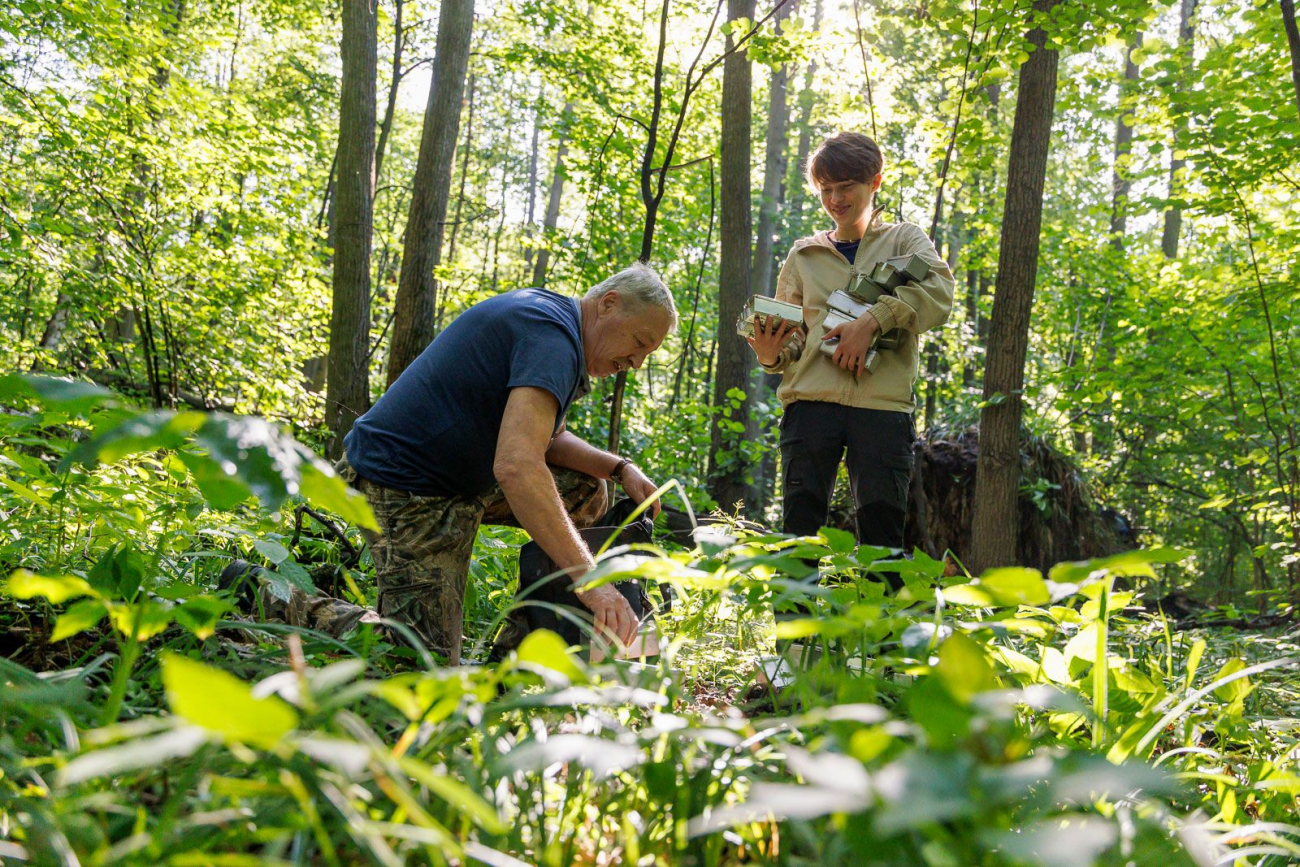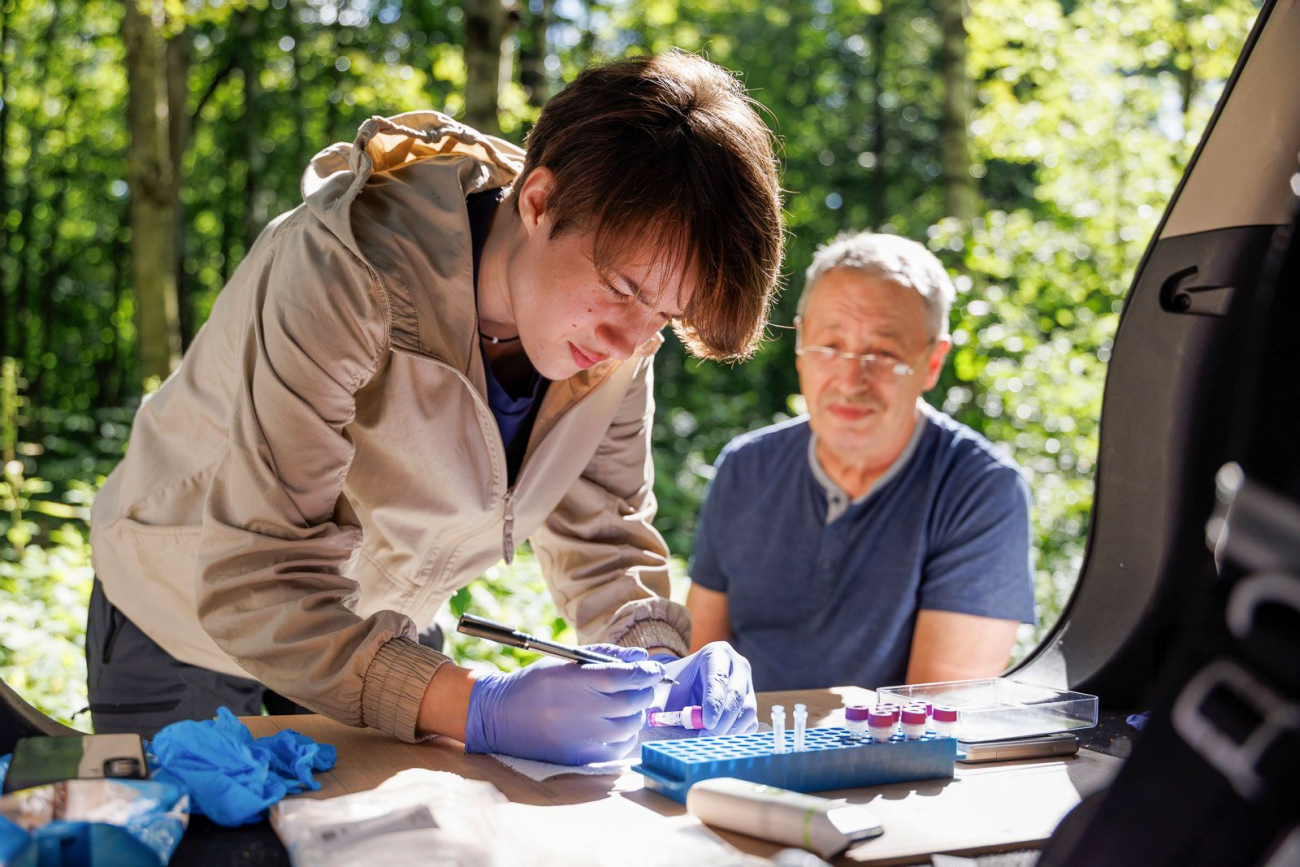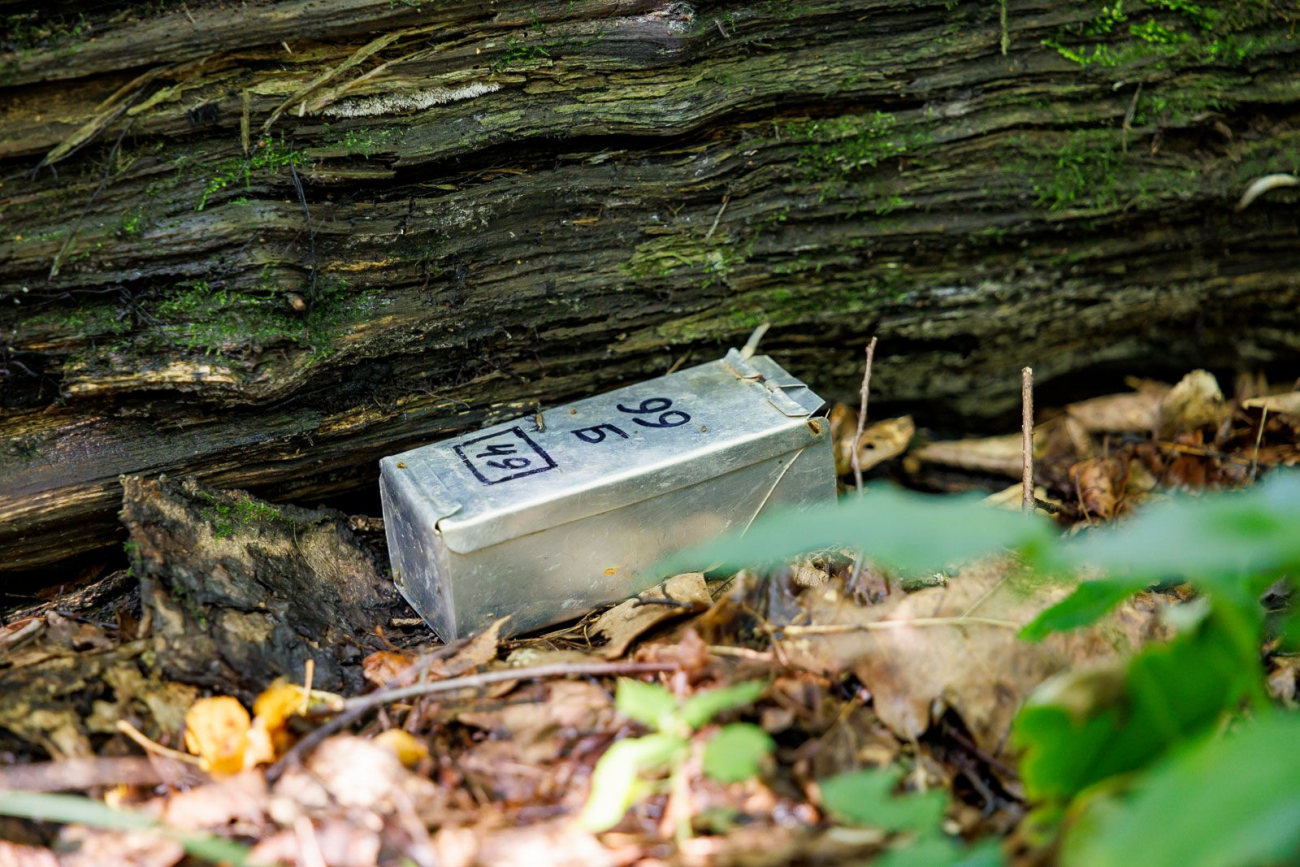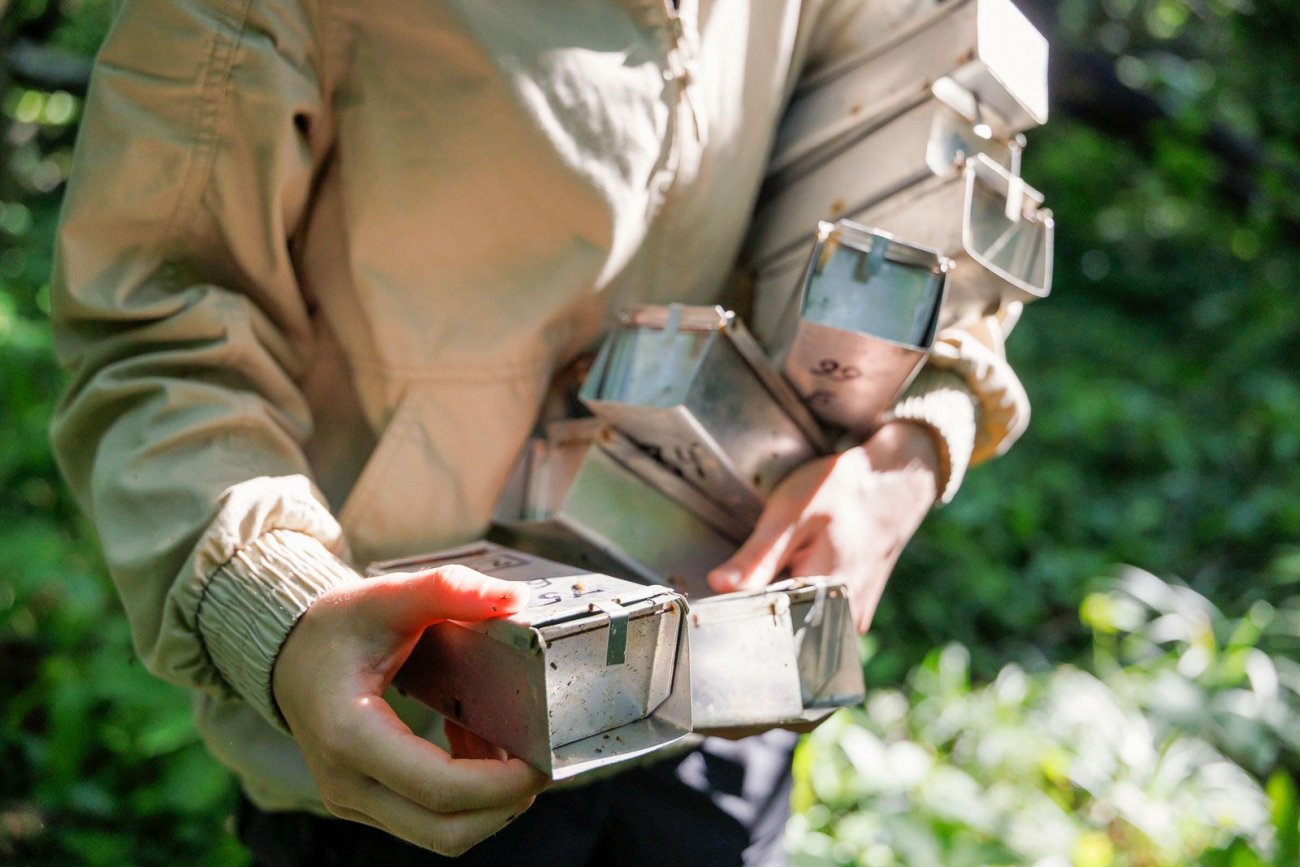
Thanks to monitoring, scientists can notice changes in time and predict possible risks to rodent populations.
In the urban part of the Losiny Ostrov National Park, planned studies of the mouse-like rodent population continue. Scientists study the immunity, stress level and diseases of animals, using humane methods that do not harm them. The work is carried out in the spring and autumn under the supervision of specialists from the A.N. Severtsov Institute of Ecology and Evolution of the Russian Academy of Sciences (IEE RAS) on behalf of the capital's Department of Nature Management and Environmental Protection.

How the research is conducted
For research, biologists use traps that do not injure the animals. Each captured mouse undergoes a quick examination, after which it is released into the wild. During the procedure, a minimal amount of biomaterial is taken from the animals: a drop of blood and a hair sample. This does not affect their health, but allows scientists to obtain important data on the state of the population.
"During the season, researchers catch about 100 rodents, mainly bank voles, wood and field mice. These species play a key role in the food chain, they serve as food for birds of prey: owls, hawks, kites, and also help to spread plant seeds," said Maria Kim, an employee of the IEE RAS.

The reason for study
The collected materials allow us to assess the immune status — the rodents’ resistance to infections, seropositivity (the presence of antibodies to various diseases) and stress level (by the concentration of hormones in the fur).
Such studies help to assess the impact of the urban environment on wildlife. In addition, monitoring such animals allows us to promptly identify important changes that can affect the health of people and their pets. By studying the physiological state of rodent populations, scientists obtain valuable data that helps maintain ecological balance, ensure the well-being of pets and promote a comfortable human life.

The importance of the study
Rodents are an important link in the ecosystem, and their condition reflects the overall health of the forest. Disruption of the population can affect the number of predators and plants. Thanks to monitoring, scientists are able to notice changes in time and predict possible risks.
The research is carried out without harm to the animals, all rodents are returned to their natural environment after examination. This is an example of a responsible scientific approach that helps maintain a balance between nature and the metropolis.
Related materials:
Mos: "How the health of mouse-like rodents is assessed in Losiny Ostrov"
Moscow24: "The health of mice in Losiny Ostrov Park is assessed without harming them"
Rambler.News: "The health of mice in Losiny Ostrov Park is assessed without harming them"
Vechernyaya Moskva: "How the health of mouse-like rodents is assessed in Losiny Ostrov"
Postnews: "Research on the population of mouse-like rodents is conducted in Losiny Ostrov"
MosTimes: "Not a pest: ecologists named the unobvious benefit of mice in the ecosystem of the megalopolis"
